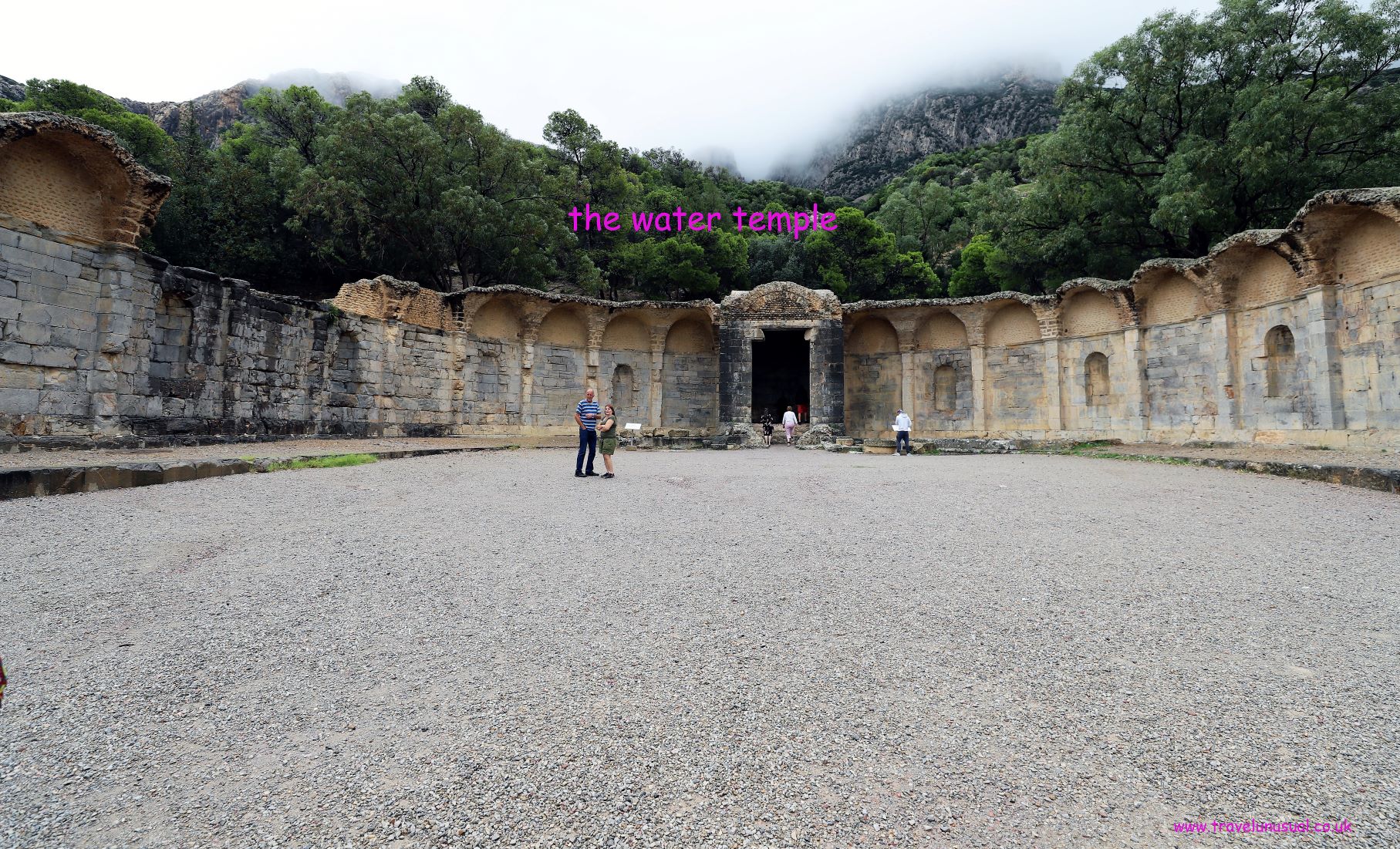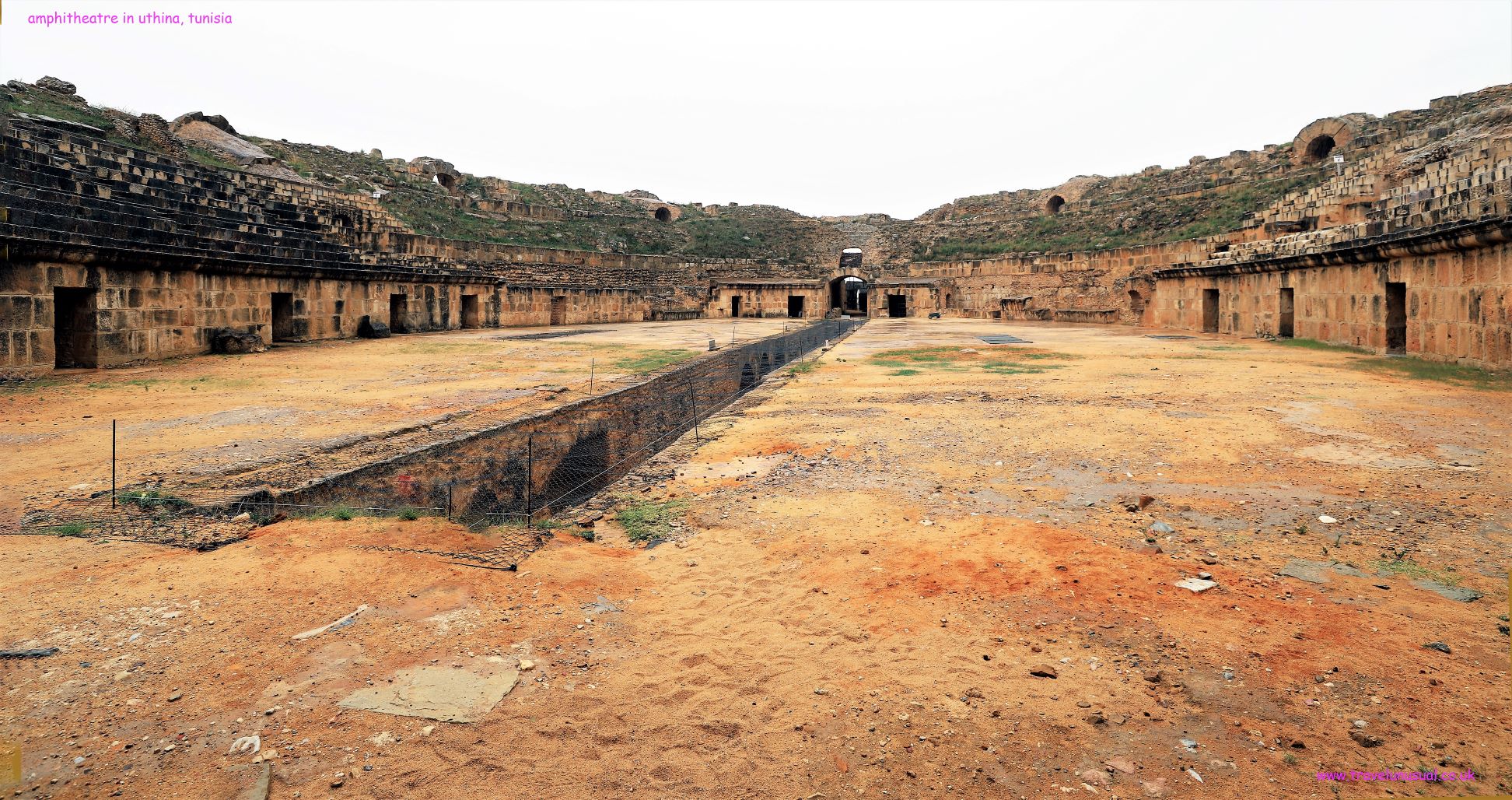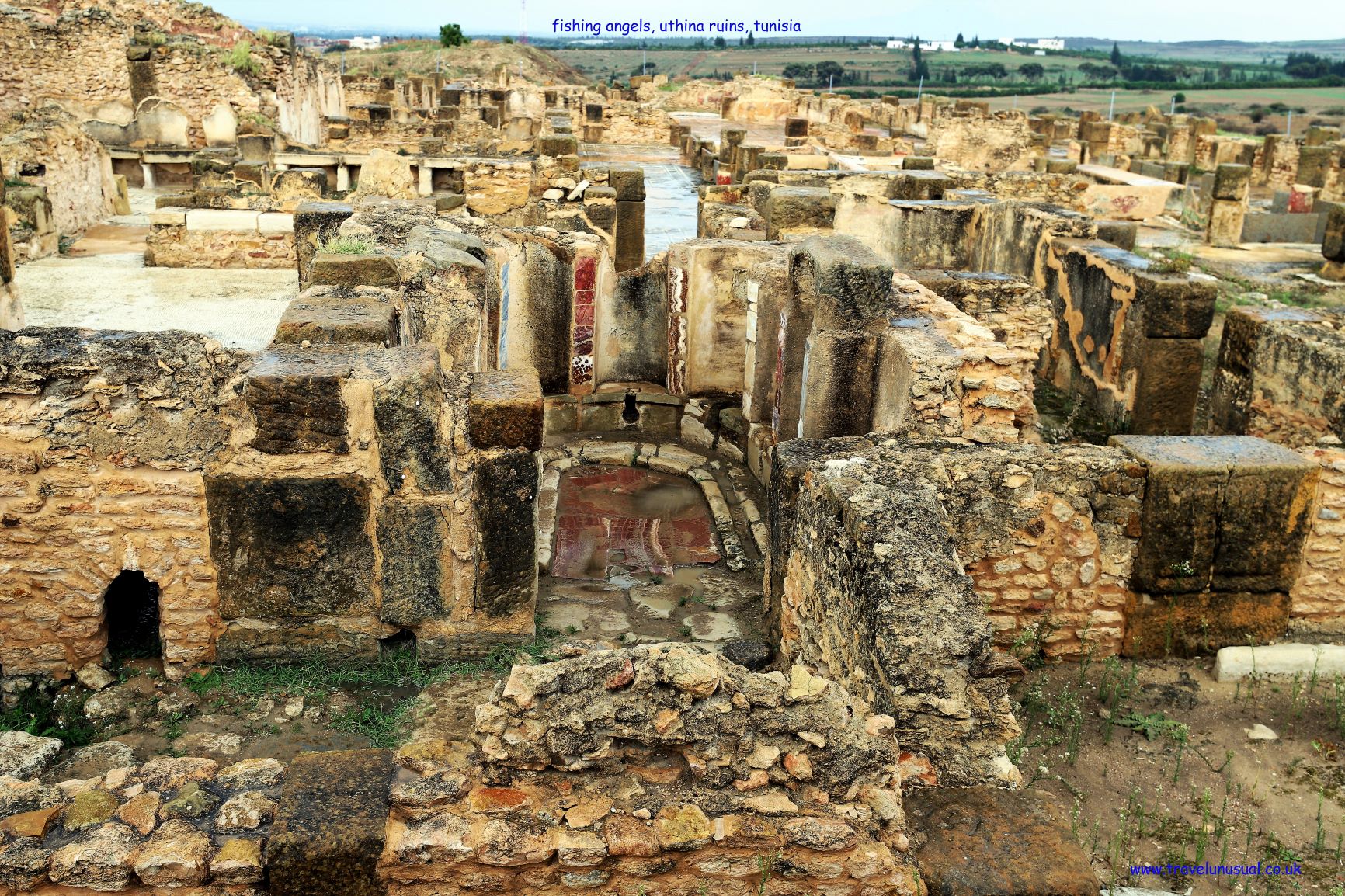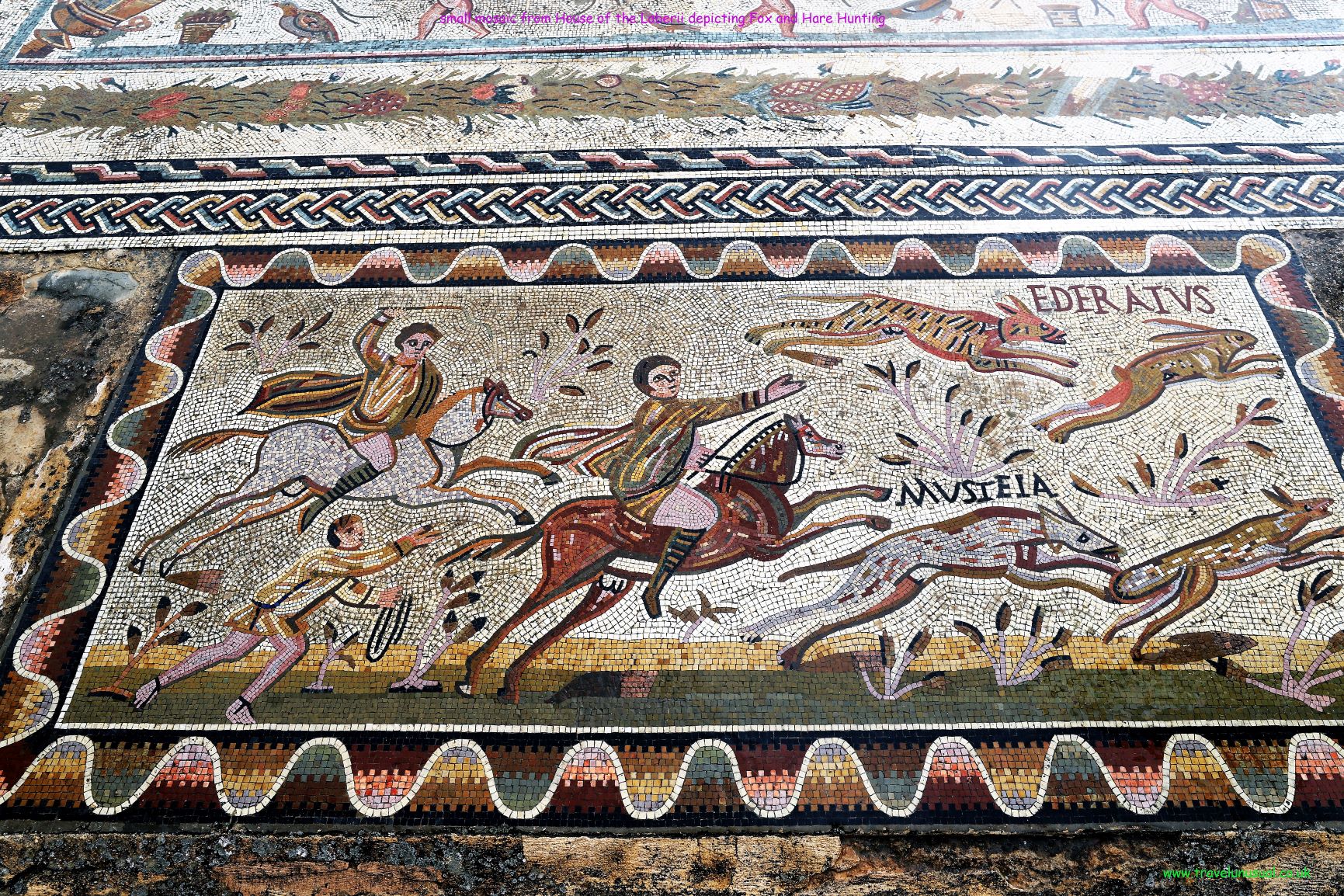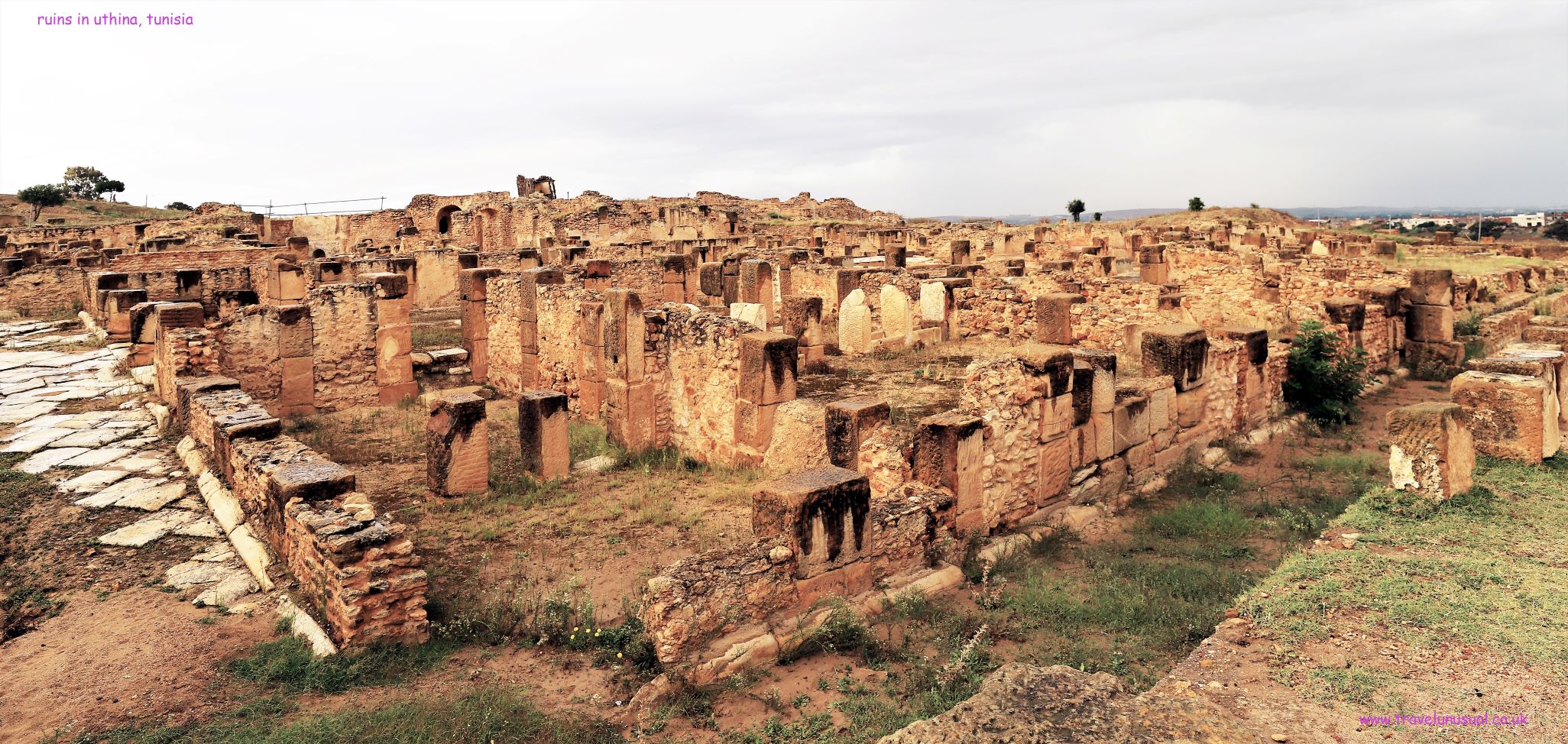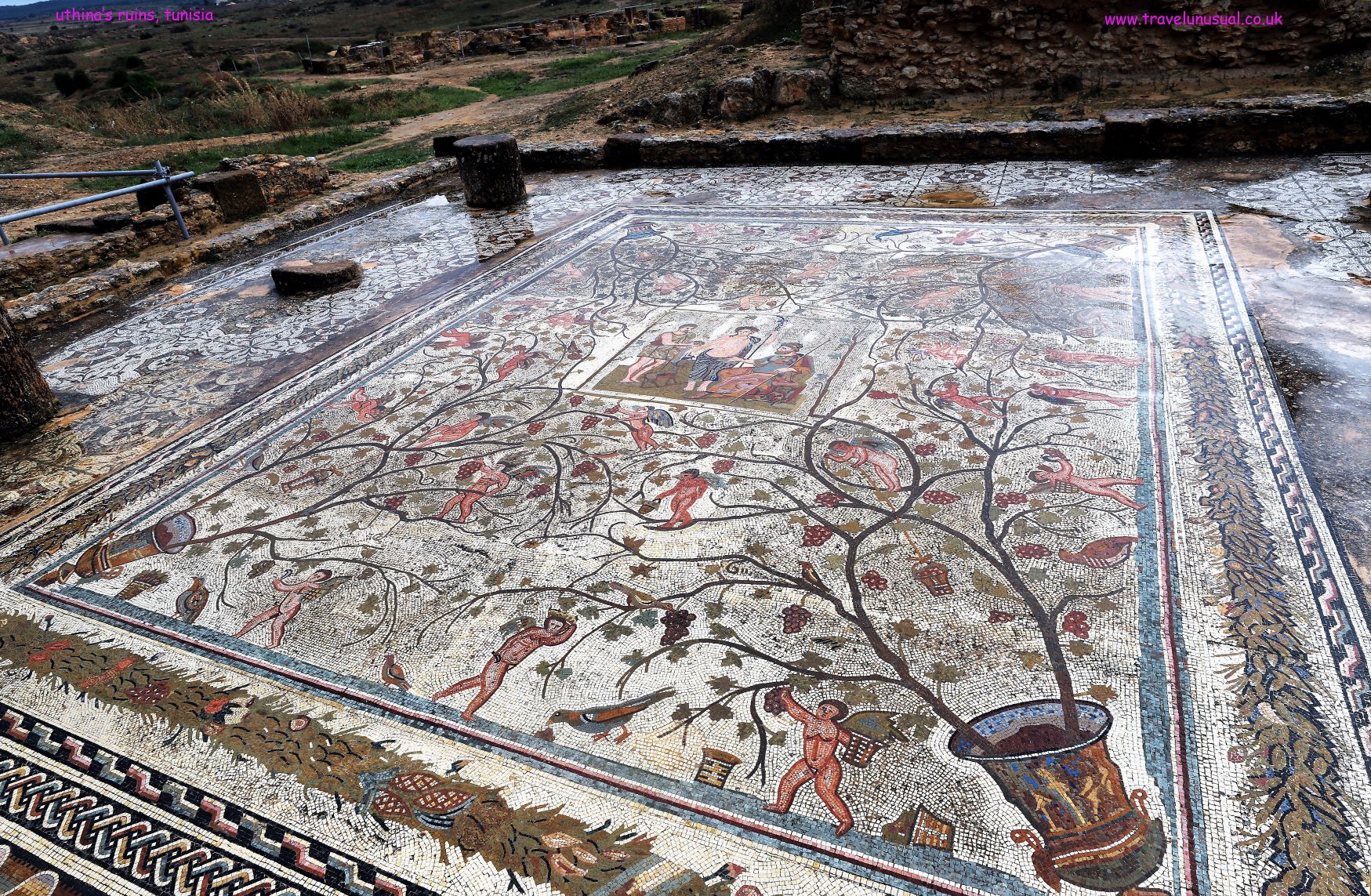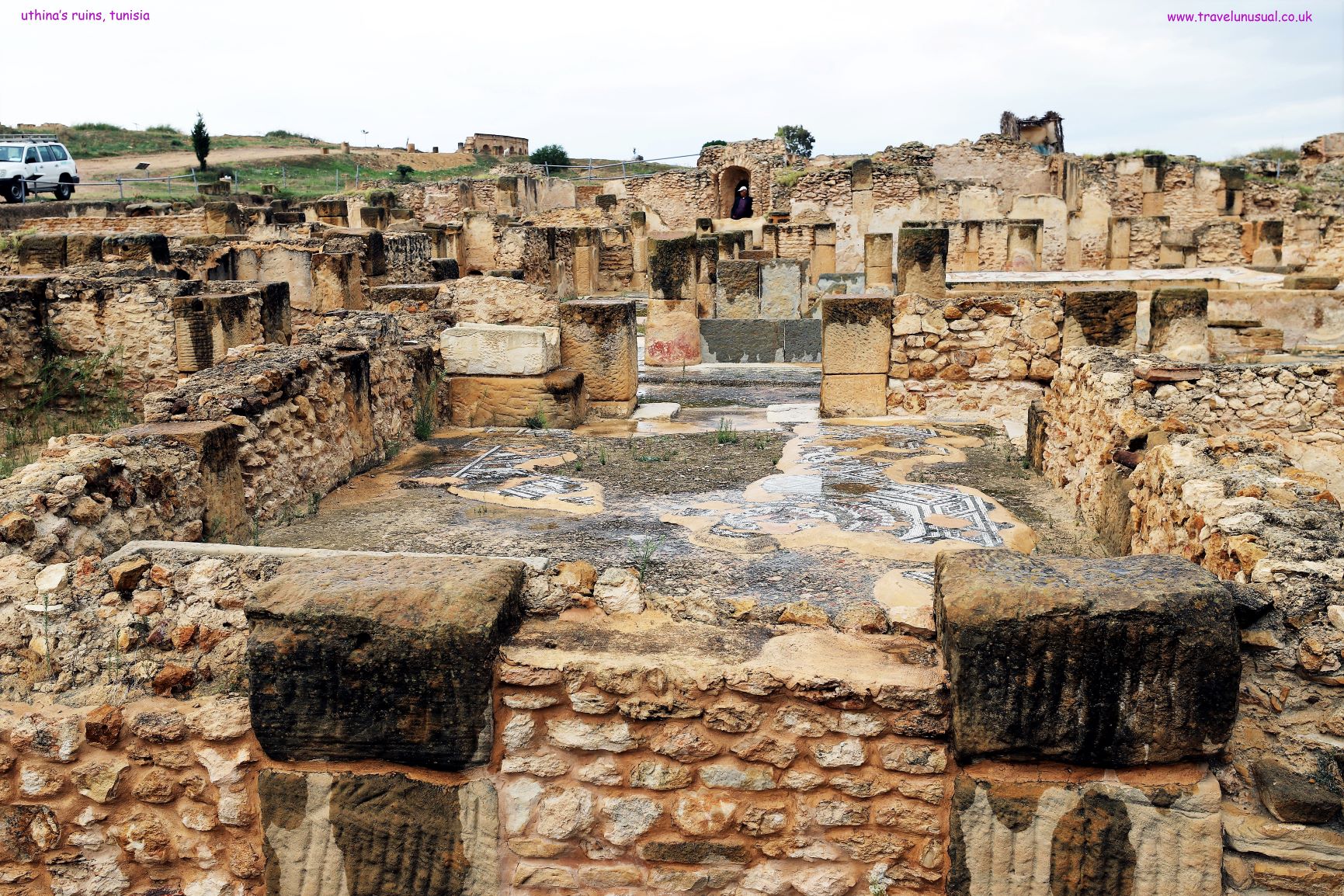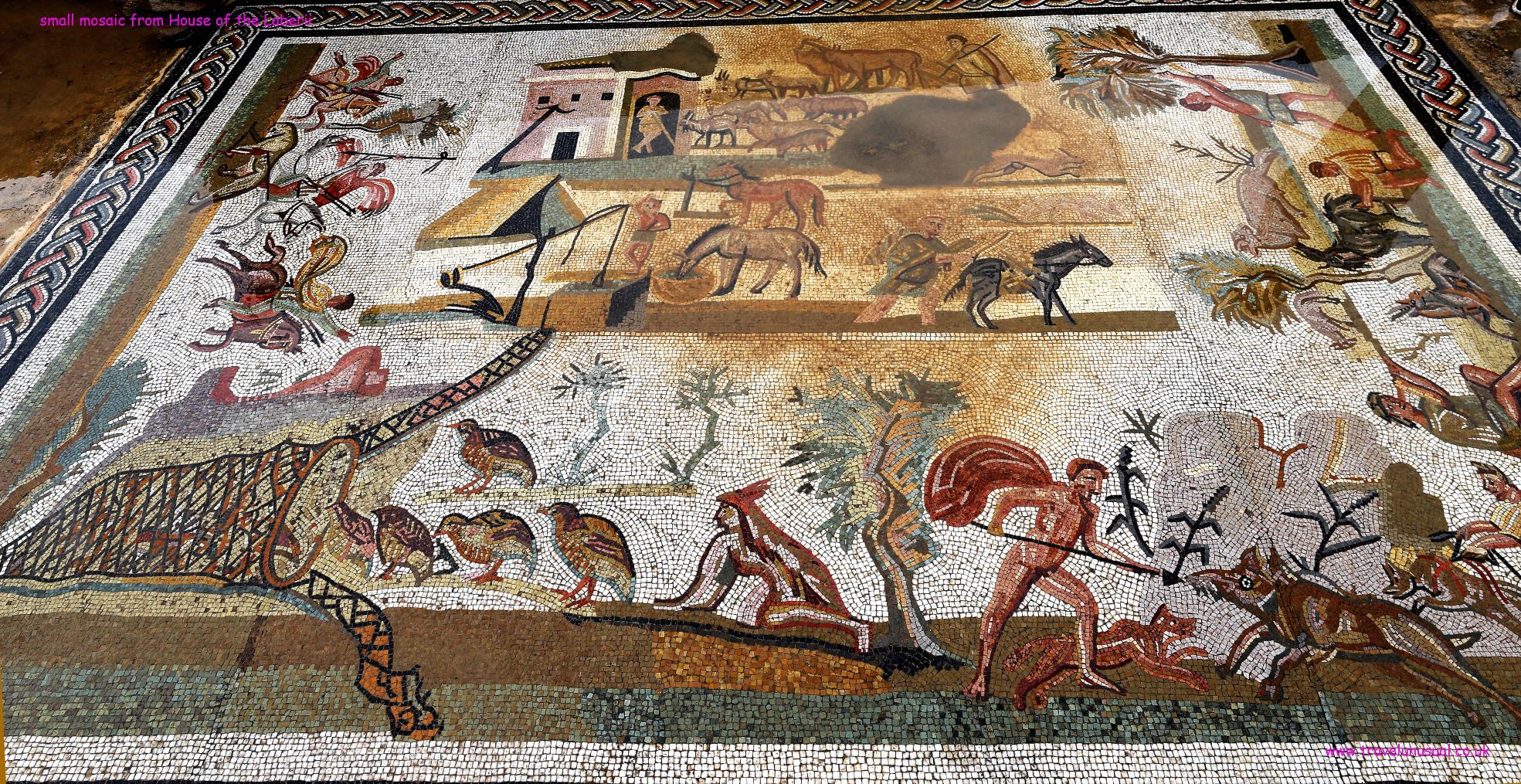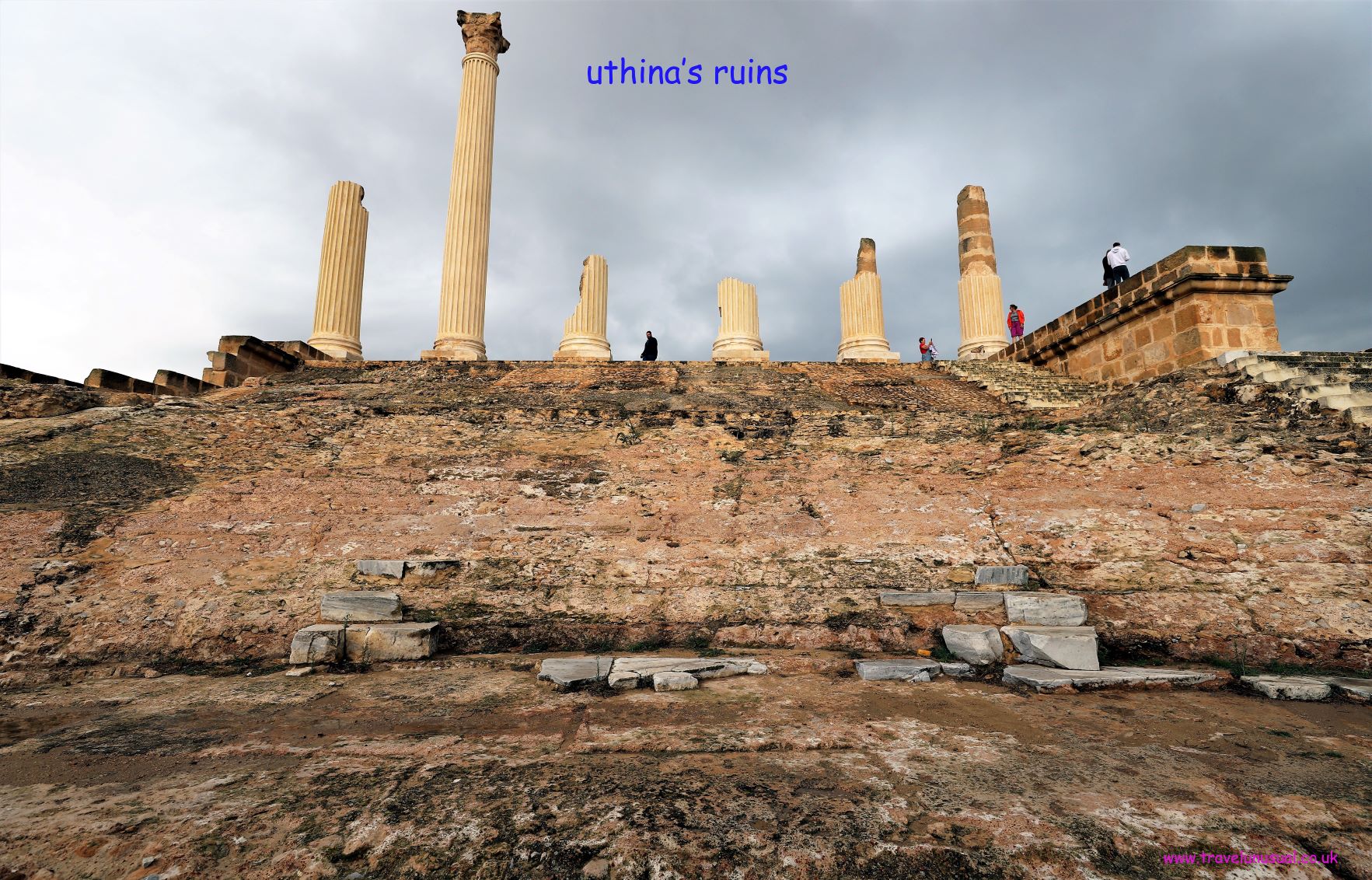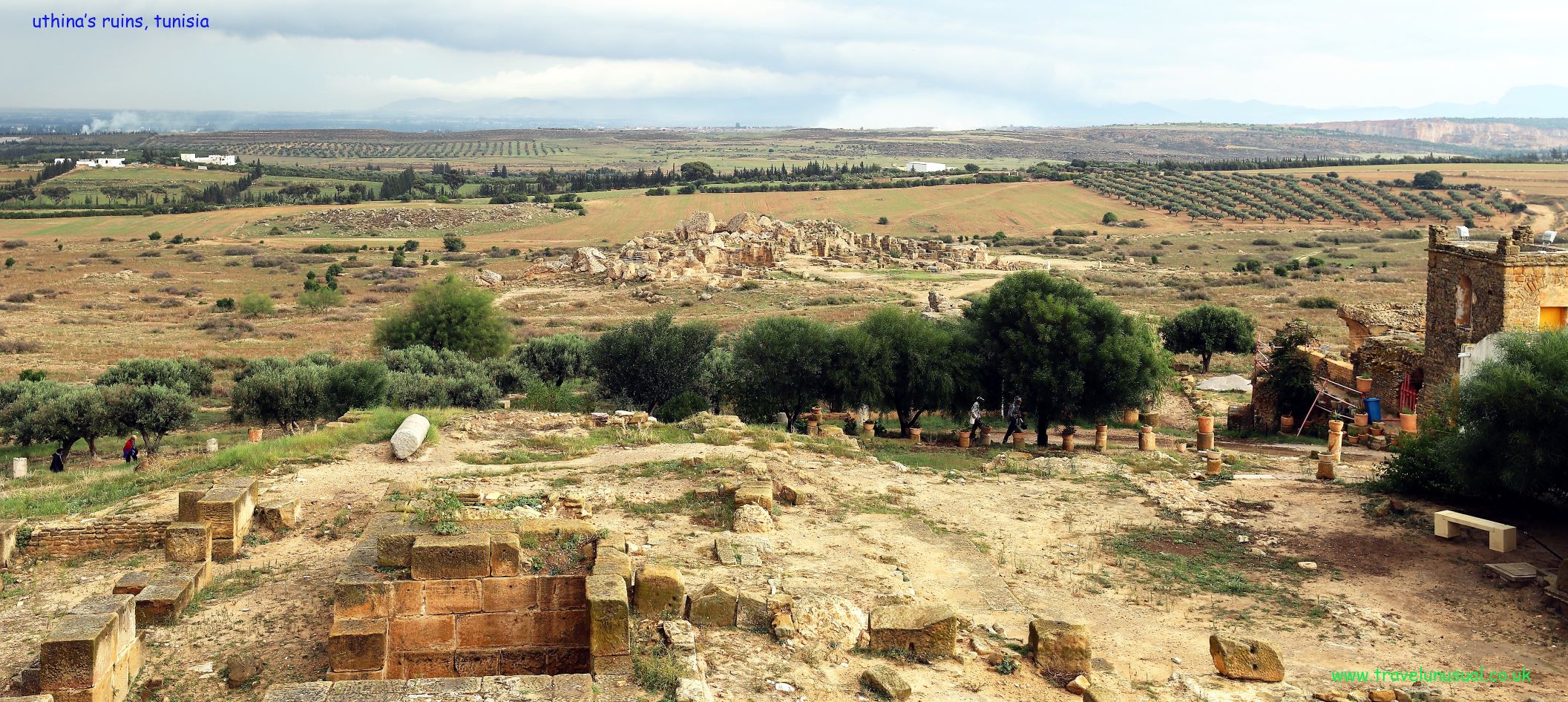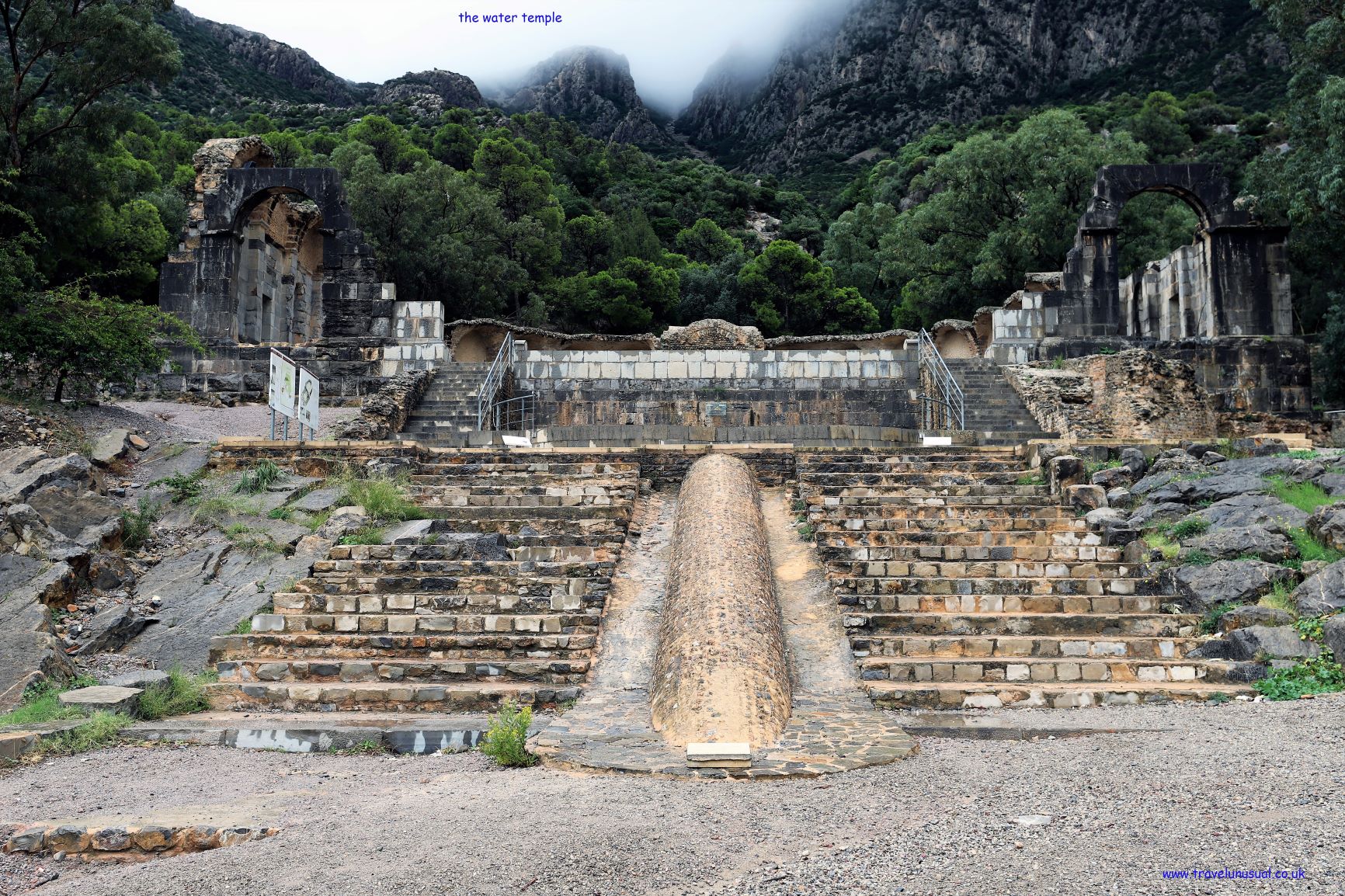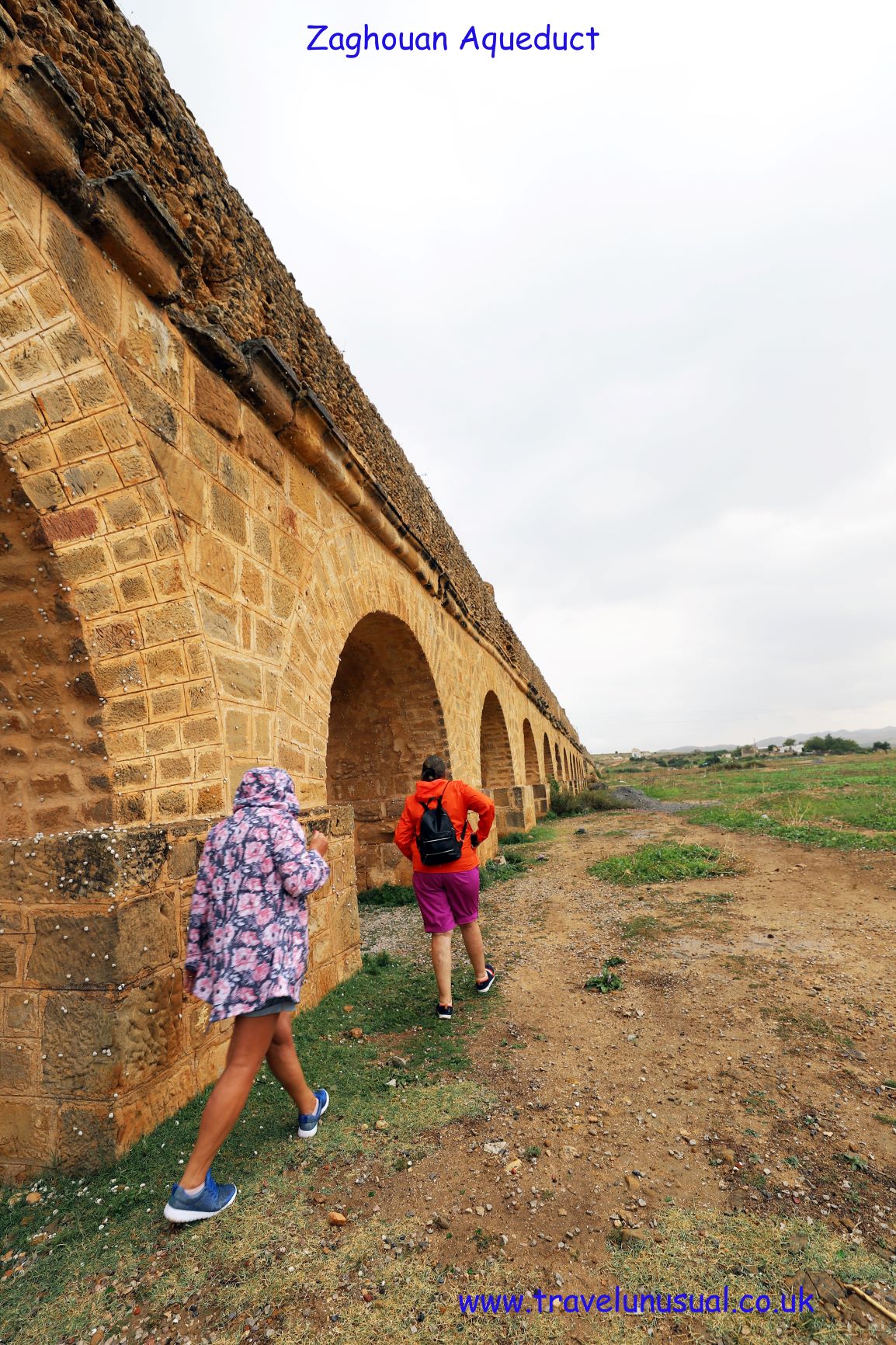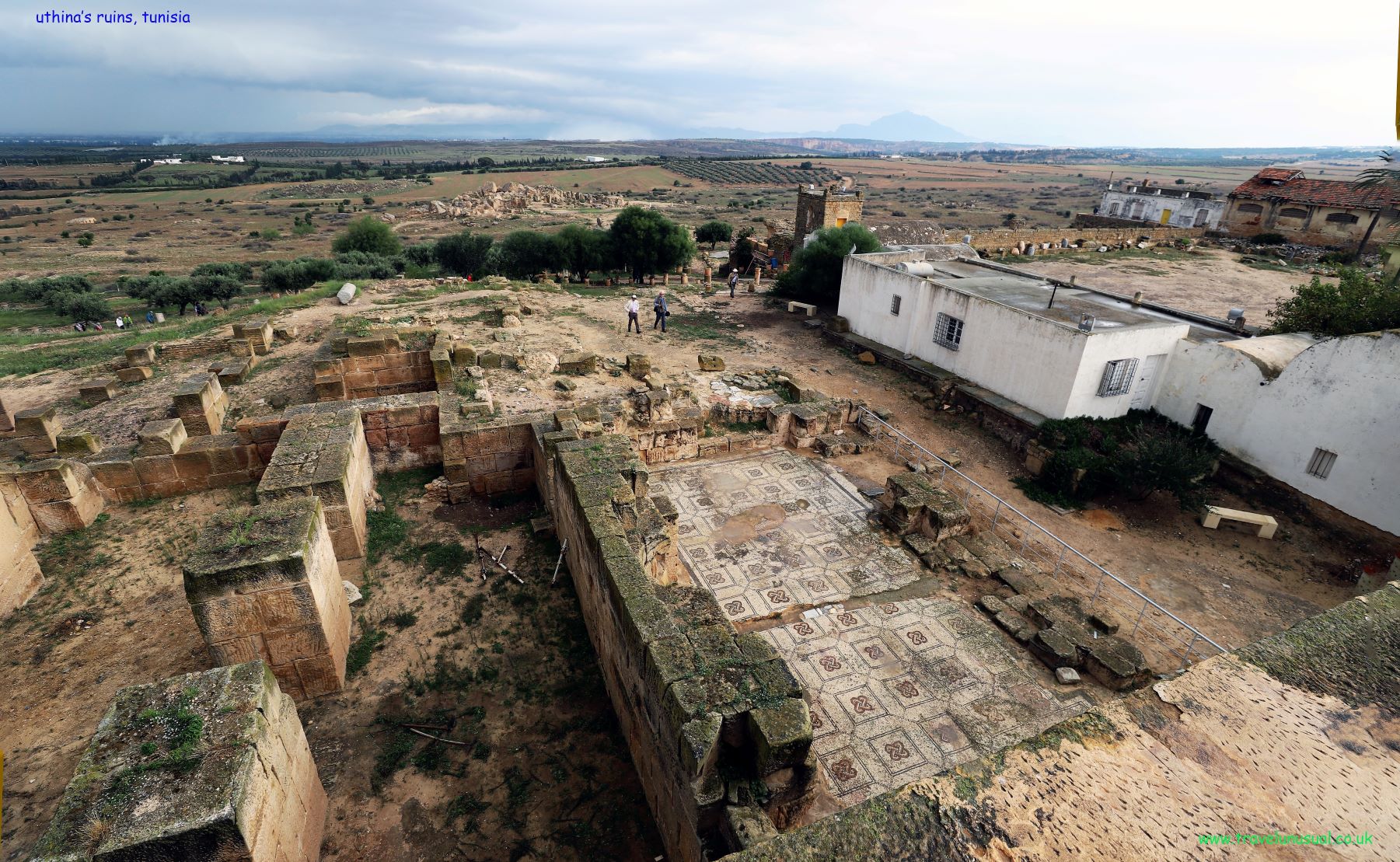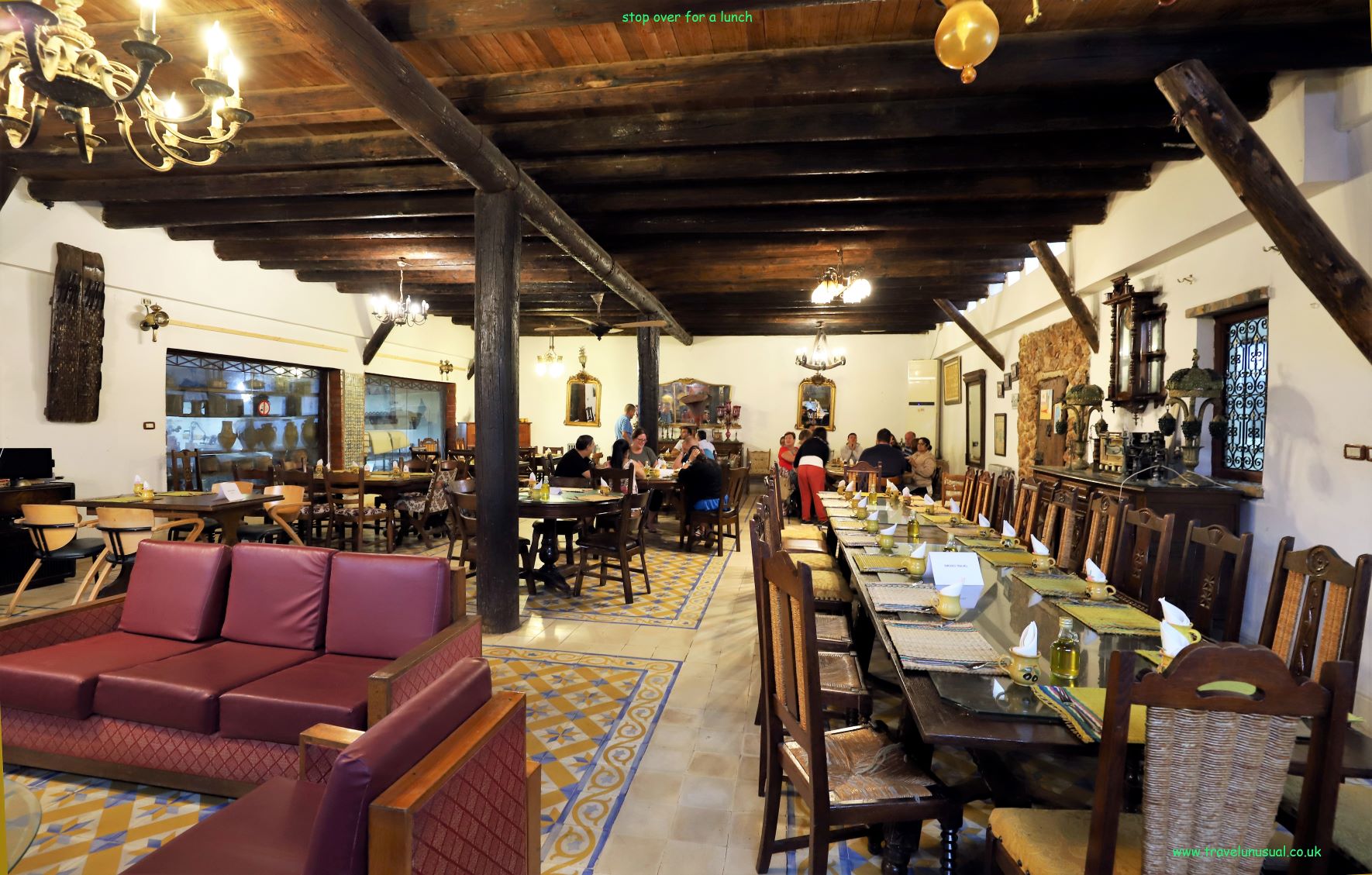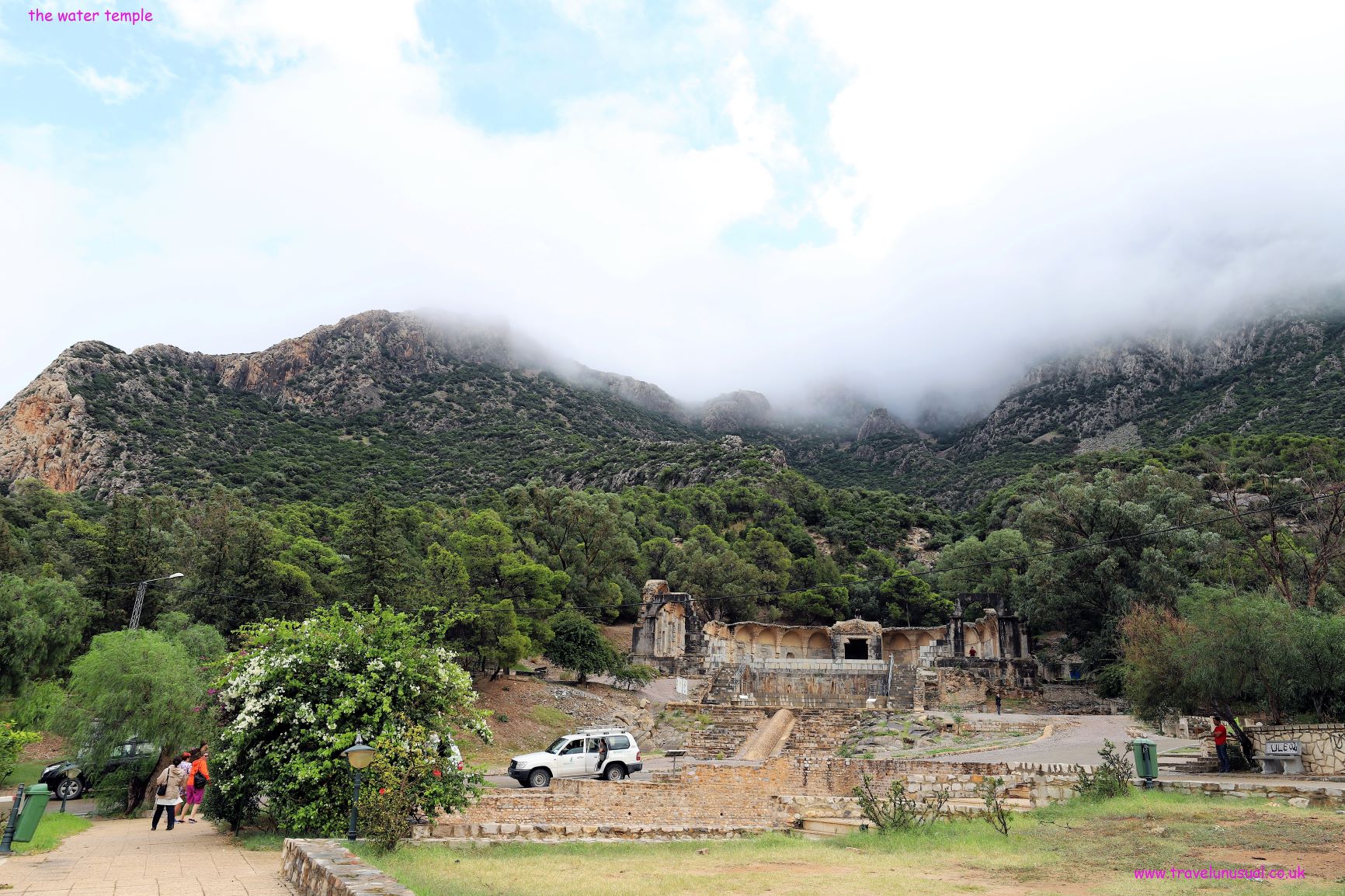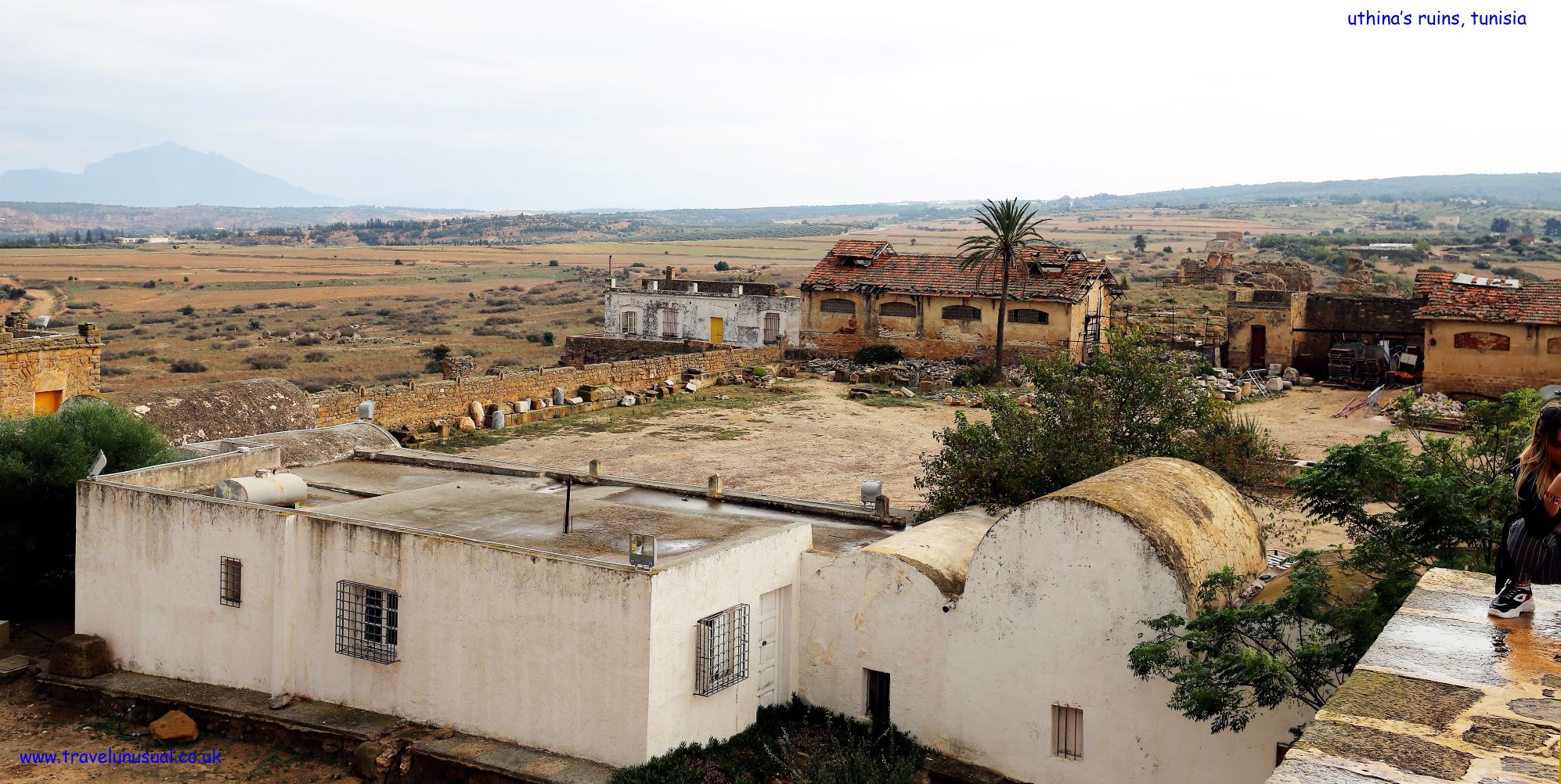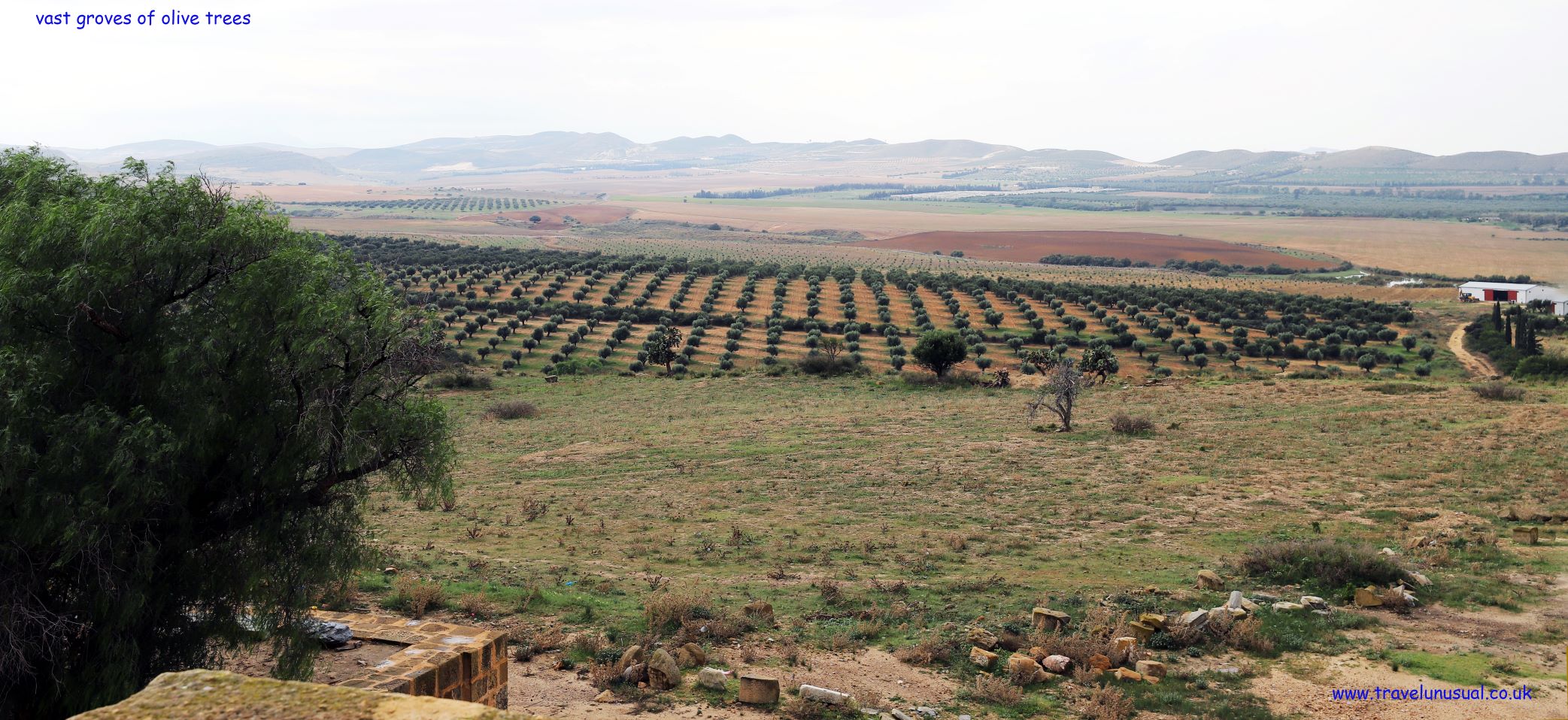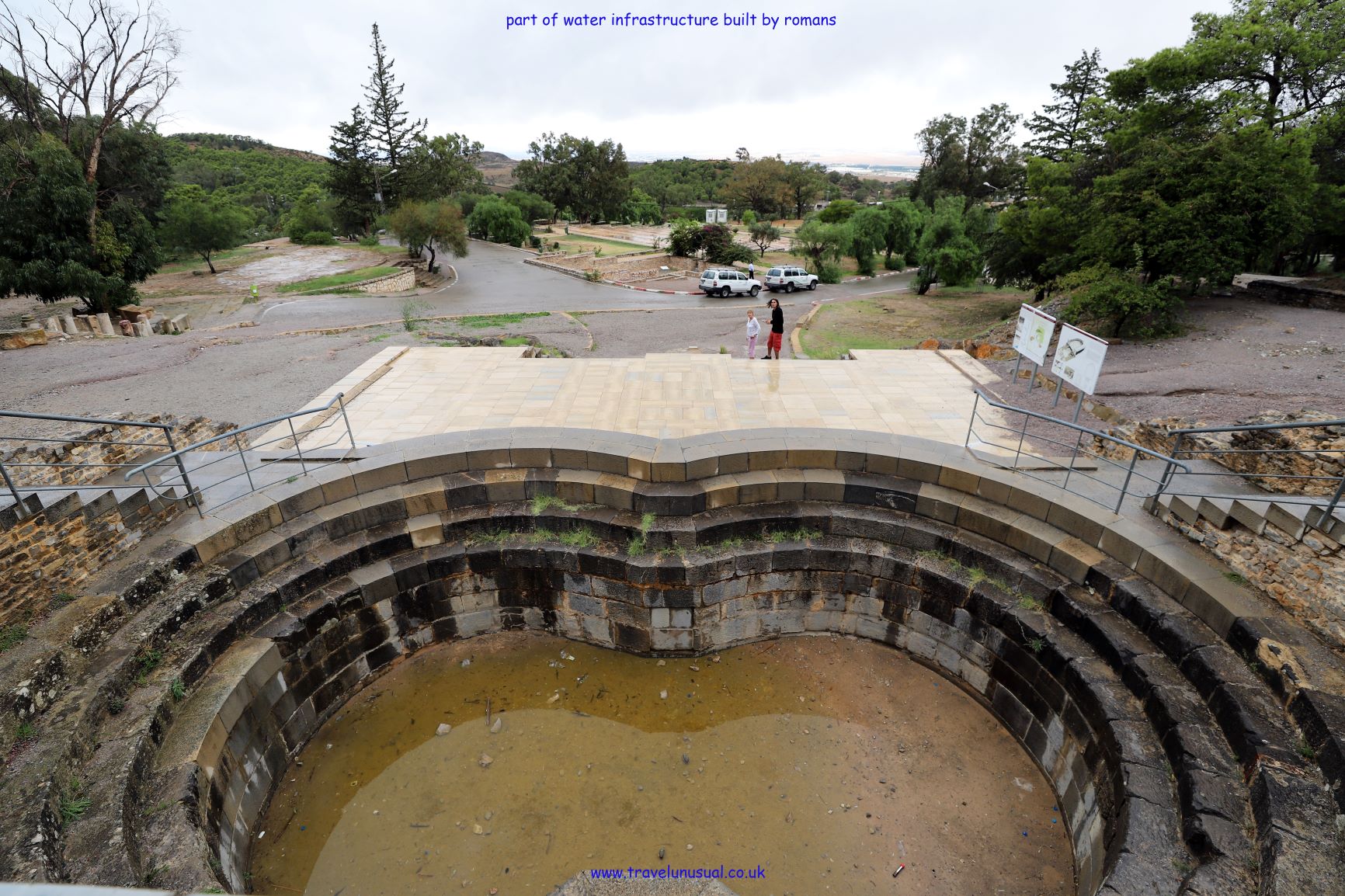Uthina
Uthina is one of the Roman Empire’s oldest cities, located in northern Africa and bordering the Mediterranean Sea, approximately 25 km from Tunis and buried under a hill on a cliff.
The foundation of Uthina can be traced back to the Berber period. Where there is water, life always finds a way to secure its own existence. It was the year 238 and the Romans knew this rule of nature, therefore they built Uthina near the Milian Wady river.
The ruins of Uthina are similar to other Roman sites, with the remaining city constructions including the capitol, cisterns, baths, an aqueduct, a triumphal arch, an amphitheatre, and a basilica, with circular crypt and a bridge. The amphitheatre is impressive and can fit approximately 16,000 people. Another highlight is the Baths of the Fishing Angels: an interesting latrine with seven seats arranged in a manner which promotes socialization, rather than ensuring privacy.
This intention of constructing the latrine as a finely decorated part of the public baths, where people could interact and have a chat, was very common in Roman culture.
It was striking to find so many archaeological sites in Tunisia. While most visitors are lured by the sun and sea packages, the intrepid traveller has often been drawn by the wealth of history, both Phoenician and Roman, that is found in Tunisia.
The Water Temple, Zaghouan, Tunis
The Water Temple is a stunning piece of Roman architecture, a relic of the complex system of water management that the Romans engineered, where one can see exactly how the Romans extracted water and transported it to Carthage via 139 km of aqueduct. Four miles from the site, on the road between el Mhamedia and el Fahs, stand the finest Roman aqueducts in Tunisia, once employed to carry water from Zaghouan to Carthage thousands of years ago.

